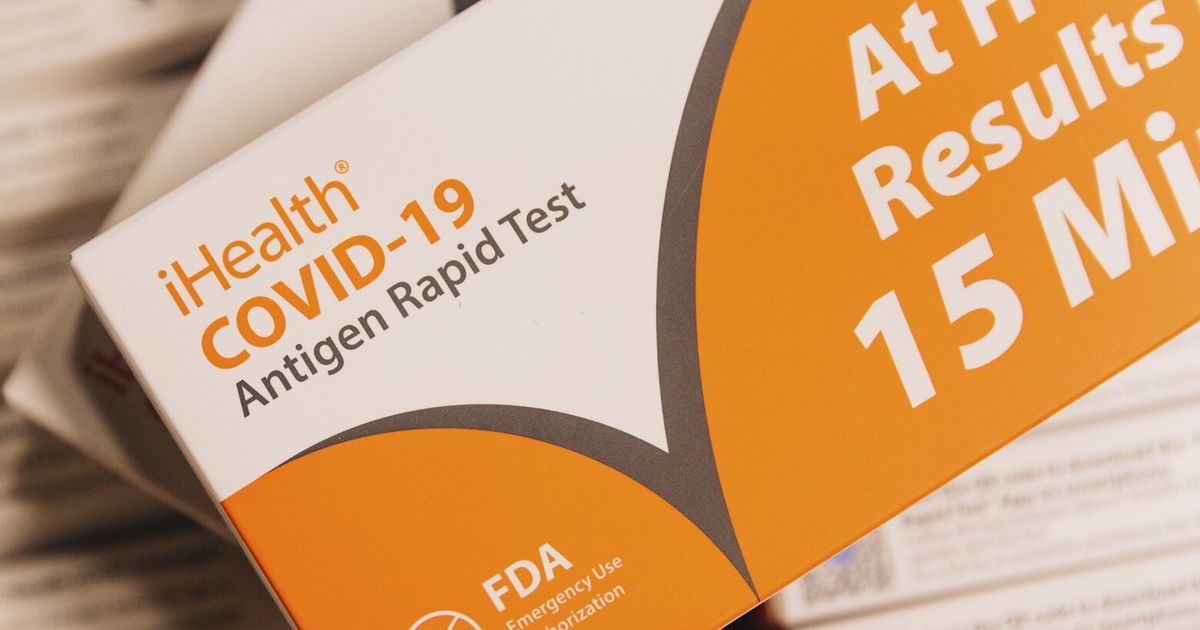
As the summer season approaches, health experts are expressing concerns about a potential rise in COVID-19 cases due to new variants, specifically KP.2 and KP.3. These subvariants of the Omicron variant have been gaining traction and now account for nearly half of all reported cases in some areas.
According to data from the Centers for Disease Control and Prevention (CDC), COVID-19 infections have been on the decline since winter. However, recent reports indicate that national levels of SARS-CoV-2, the virus that causes COVID-19, have increased by approximately 7% compared to the previous week's data collection period. Wastewater surveillance programs like WastewaterSCAN also show that SARS-CoV-2 levels have been rising in the past 21 days.
Some states, particularly those in the West, are reporting even greater increases in COVID wastewater concentrations. The upcoming fall vaccine is expected to help protect against novel variants and provide cross protection against subvariants like FLiRT (KP.2, KP.3, KP.1.1).
It's important to note that while these new variants may cause more or less severe disease than previous ones, it's unclear at this time whether KP.2 is causing more severe illness than other variants.
If you do fall ill with COVID-19, experts recommend taking a test as soon as symptoms appear or if you have been exposed to the virus. Ideally, take another test a day or two later for accurate results.
Symptoms of COVID-19 include sneezing, congestion, headaches, sore muscles, nausea or vomiting. Many people also report feeling exhausted and experiencing a general 'blah' feeling.
The more immunity you have built up from vaccination or past infections, the milder your next bout with the virus is likely to be.
It's important to remember that symptoms of COVID-19 can look similar to those caused by allergies or other infections. The best way to tell the difference is through testing.



